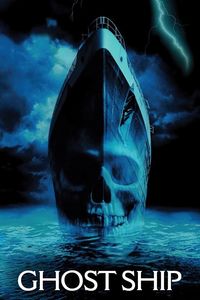Society (1989)
(In French, On Cable TV, January 2020) When a crazy body-horror comedy takes on a title like Society, it’s a fair bet that we’re in for a much wilder ride than a simple late-1980s slasher. Conflating society-at-large with a specific secret society of nameless horrors in Los Angeles’ upper class, this is a film that follows the growing horror of a young disaffected man who comes to suspect that there’s something far more sinister than anyone would expect behind closed doors. Director Brian Yuzna takes sheer delight is messing with his audience early and often, playing the uncanny discomfort along with the gaslighting, the uncertainly about what is really happening and the disquieting soundtrack. Society, among other problems, arguably overplay sits hand early on, leading to frayed nerves and disbelief well before the first hour is through. By the time our misfit-with-issues protagonist (a fitting character for a teenager who doesn’t even feel he’s part of his own family) sees impossible things through a shower door, or a hand that should not be where a hand should be, it’s easy to doubt everything in the film. But Society does redeem itself with one of the craziest ending sequences of its decade (which is saying a lot)—a nightmare of pulsating flesh, ultra-dark humour, surrealism, social criticism, terrifying makeup effects, and existential invitations to annihilation into the whole. It’s a lot, and perhaps the worst about Society is also the best: This is a lot to take in and the execution of the film isn’t slick enough to do it all justice. Yuzna’s first-time direction is a bit of a mess with disorienting transitions and I’m not sure that the much-discussed ending actually sticks the landing in carrying the film’s themes to completion. Despite its faults, though, I am fascinated, seduced and amused by Society. It’s certainly kinky and sexy—although keep in mind that, having come of age in the late-1980s, I will always be partial to the kinds of hairstyles and clothing shown here—There are some nice bikini bunnies here, and Devin Devasquez is nothing short of whew. (I really would not have minded if the Big Secret was just some kind of weird sex cult without the body horror, but I guess that’s just me.) The other thing I really like about Society is that it seldom forgets to be funny. The final sequence is disgusting but not repulsive due to some well-placed touches of off-beat humour, and the film is very much aware of just how transgressive it’s trying to be. The ending is unexpectedly happy for the protagonist and his friends, which works in one way while not working in others. Anyway— I suspect I’m going to revisit Society within a few years, because there’s a lot to unpack here and I feel as if I’m just done with the essentials.
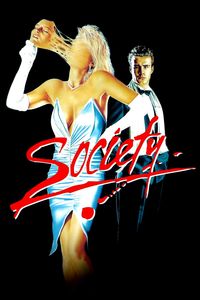



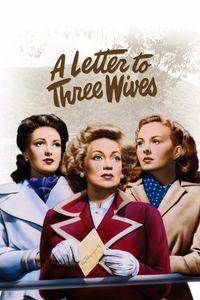
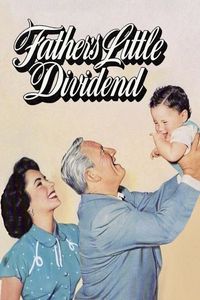
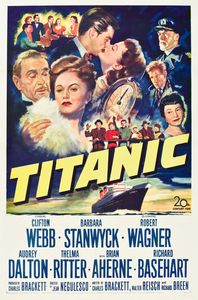
![Qimen Dunjia [The Thousand Faces of Dunjia] (2017)](https://www.christian-sauve.com/wp-content/uploads//the-thousand-faces-of-dunjia-2017.jpg)
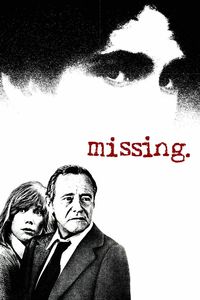


![Janghwa, Hongryeon [A Tale of Two Sisters] (2003)](https://www.christian-sauve.com/wp-content/uploads//a-tale-of-two-sisters-2003.jpg)
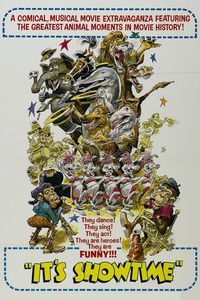
![Yao ling ling [Goldbuster] (2017)](https://www.christian-sauve.com/wp-content/uploads//goldbuster-2017.jpg)
